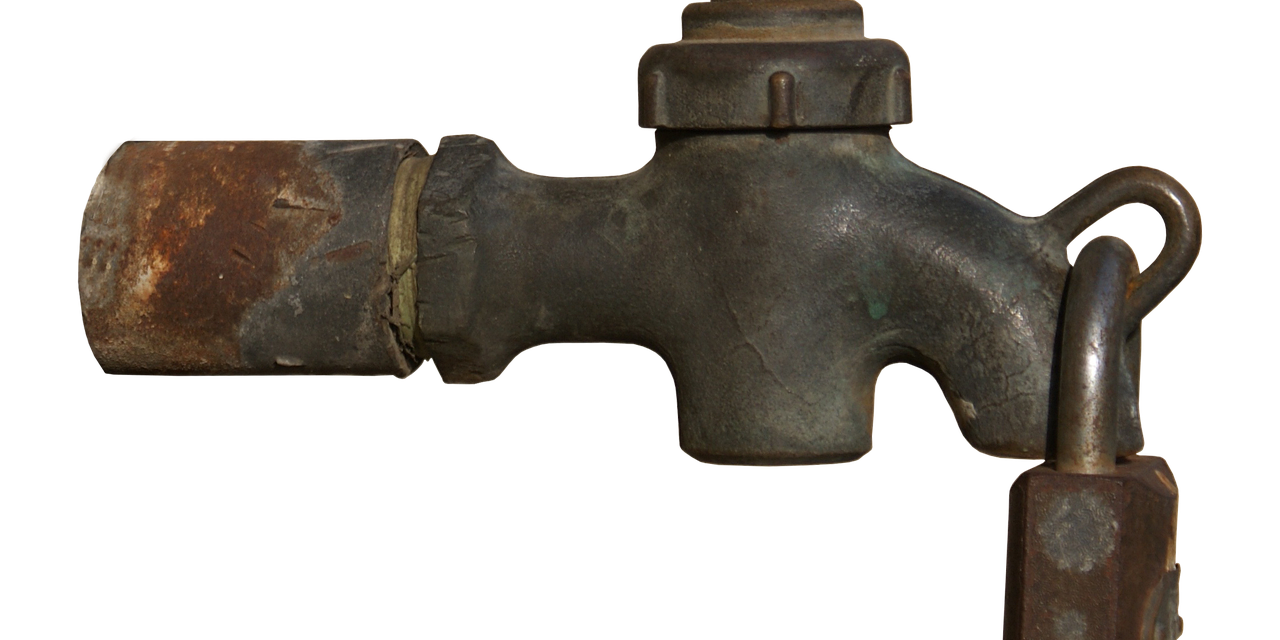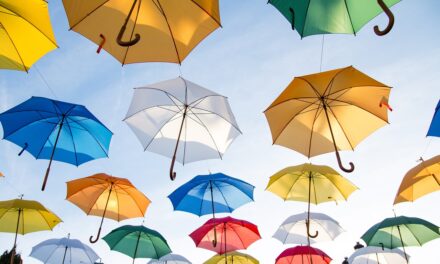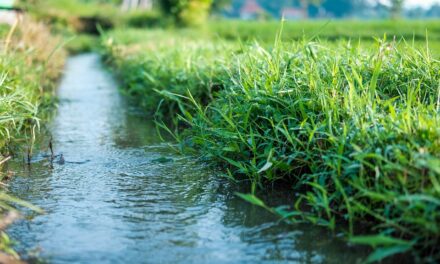Water-efficient irrigation techniques in Weber County: Including areas close to the lake’s southern arm.
Innovative Water Projects, Water-efficient irrigation techniques, and more
The Great Salt Lake is Dying. Can We Save It?
The Great Salt Lake, once a vibrant ecosystem teeming with life, is shrinking at an alarming rate. Its shores are retreating, revealing a stark and silent landscape.
Climate change and unsustainable water use are the main culprits, draining the lake’s vital resources and threatening a delicate balance.
But there’s hope.
Innovative solutions are emerging, from cutting-edge water conservation projects to collaborative efforts between communities and organizations.
Join us as we explore the challenges and possibilities of saving this iconic lake.
Together, we can rewrite the story of the Great Salt Lake, turning a tale of decline into one of resilience and renewal.
Here’s what you’ll discover:
- The urgent situation: Understand the gravity of the shrinking lake and its impact on our environment and economy.
- Solutions for a Thirsty Lake: Explore innovative ways to conserve water and replenish the lake’s vital resources.
- Working Together: Discover how communities and organizations are joining forces to protect the Great Salt Lake.
The time to act is now. The Great Salt Lake needs your support.
The Great Salt Lake’s Shrinking Shores: A Water Story
TL;DR: The Great Salt Lake is facing a serious water shortage, mostly due to climate change and how we use water. To save the lake, we need to conserve water, use smarter irrigation, and work together. Organizations like the Active Climate Rescue Initiative are helping find solutions.
A Balancing Act: The Great Salt Lake’s Water Cycle
The Great Salt Lake is like a giant bathtub. Water flows into it from rivers and streams, and it evaporates back into the air. This constant movement of water is called the water cycle.
The lake’s water comes from snow melt in the mountains and rain that falls throughout the region, including Weber County. Think of Weber County as a huge watershed, sending water to the lake through rivers like the Weber River. These rivers act like pipelines, carrying the water to the lake’s southern arm.
A Shrinking Lake: The Challenges of Water Shortages
But the Great Salt Lake is facing a problem: it’s shrinking! This is because we’re using more water than ever before. Farmers need water to grow crops, cities need water for drinking and cleaning, and people need water for their lawns and gardens.
As more water is used, less water reaches the Great Salt Lake. This affects everything from the lake’s water levels to the wildlife that depends on it. The lake’s shrinking shores mean there’s less habitat for birds, fish, and other animals.
Climate Change’s Impact: A Changing Water Cycle
Climate change is making the problem worse. The climate is warming, which means more water evaporates from the lake. This leaves less water in the lake and makes it harder for the water cycle to keep going.
Solutions for a Thirsty Lake: Protecting the Great Salt Lake
To help the Great Salt Lake, we need to find ways to use less water and conserve what we have.
Water Conservation: Using Less Water Wisely
Here are some ways we can all do our part to conserve water:
- Take shorter showers.
- Fix leaky faucets.
- Water our lawns less often.
- Use water-saving appliances.
Smarter Irrigation: Using Water More Efficiently
Farmers play a big role in water conservation. Here are some ways they can use water more wisely:
- Drip irrigation: This method delivers water directly to the roots of plants, wasting less water.
- Smart irrigation: Using sensors to measure soil moisture, this technology only waters when needed.
- Water-efficient crops: Choosing crops that need less water can help save water.
Innovative Water Projects: Thinking Outside the Box
Organizations like the Active Climate Rescue Initiative are working on solutions for the Great Salt Lake’s water shortage. These initiatives focus on:
- Developing new technologies to capture and store water.
- Restoring wetlands to increase water storage capacity.
- Promoting community involvement in water conservation efforts.
Policy Measures: Working Together for Change
We also need policy changes to help protect the Great Salt Lake. Governments can:
- Create water conservation programs.
- Provide financial incentives for water-saving practices.
- Set limits on how much water we can use.
Summary: Working Together to Save the Great Salt Lake
The Great Salt Lake is facing a serious water shortage, but there is hope! By conserving water, using smarter irrigation techniques, and supporting organizations like the Active Climate Rescue Initiative, we can help save the lake and ensure its health for future generations. Working together is key!
More on Water-efficient irrigation techniques…
- ## SEO Keywords for Water-efficient Irrigation Techniques and Innovative Water Projects:
- General:
- Water-efficient irrigation
- Sustainable irrigation
- Smart irrigation
- Water conservation irrigation
- Drip irrigation
- Micro-irrigation
- Water-saving irrigation
- Innovative water projects
- Water management solutions
- Water conservation technologies
- Drought-resistant landscaping
- Water sustainability
- Water scarcity solutions
- Water security
- Specific Techniques:
- Drip irrigation systems
- Micro-sprinkler systems
- Soaker hoses
- Greywater irrigation
- Rainwater harvesting
- Water-wise landscaping
- Xeriscaping
- Hydroponics
- Aquaponics
- Water-efficient gardening
- Smart controllers for irrigation
- Soil moisture sensors
- Water budgeting for irrigation
- Innovative Water Projects:
- Desalination plants
- Water treatment plants
- Wastewater reuse
- Water recycling
- Water harvesting systems
- Aquifers recharge
- Rainwater harvesting tanks
- Water filtration technologies
- Smart water grids
- Water infrastructure development
- Water conservation initiatives
- Sustainable water management
- Location-specific:
- Water-efficient irrigation [your city/region]
- Innovative water projects [your country/region]
- Water conservation solutions [your state/province]
- Problem-specific:
- Reducing water usage in irrigation
- Increasing water efficiency in agriculture
- Water conservation in urban areas
- Drought mitigation strategies
- Water management in arid climates
- Irrigation for water-stressed regions
- Target audience:
- Homeowners
- Gardeners
- Farmers
- Landscape architects
- Water utilities
- Government agencies
- Environmental organizations
- Water conservation professionals
- Keyword variations:
- Water-saving irrigation tips
- Water conservation for irrigation
- Best water-efficient irrigation practices
- Sustainable irrigation techniques
- Innovative water management projects
- Examples of successful water projects
- Future of water technology
- Benefits of water conservation
- This list is not exhaustive, but it provides a good starting point for your SEO keyword research. You can use these keywords to optimize your website content, blog posts, social media posts, and other marketing materials. You can also use keyword research tools to find more specific and relevant keywords for your target audience.











